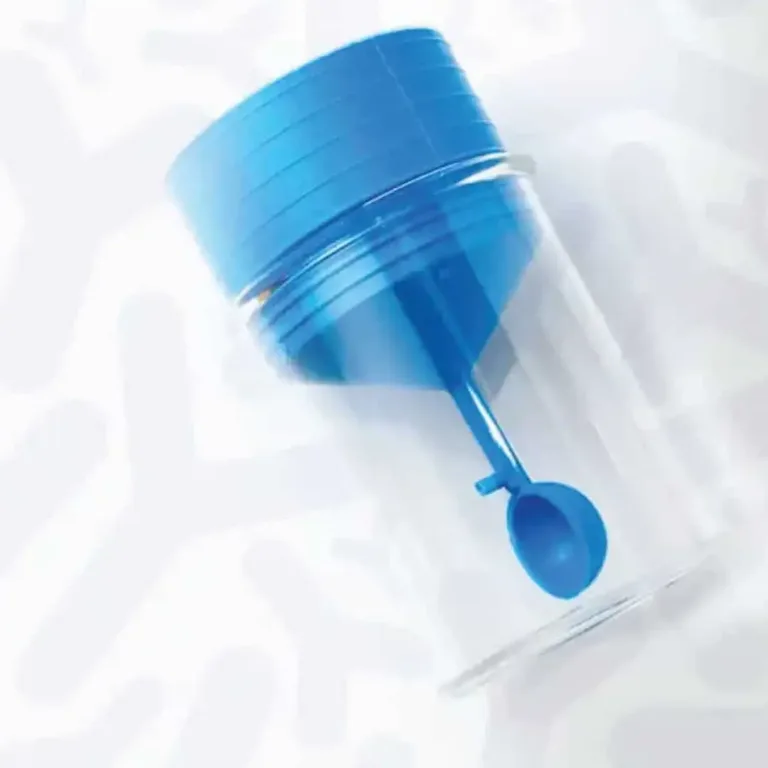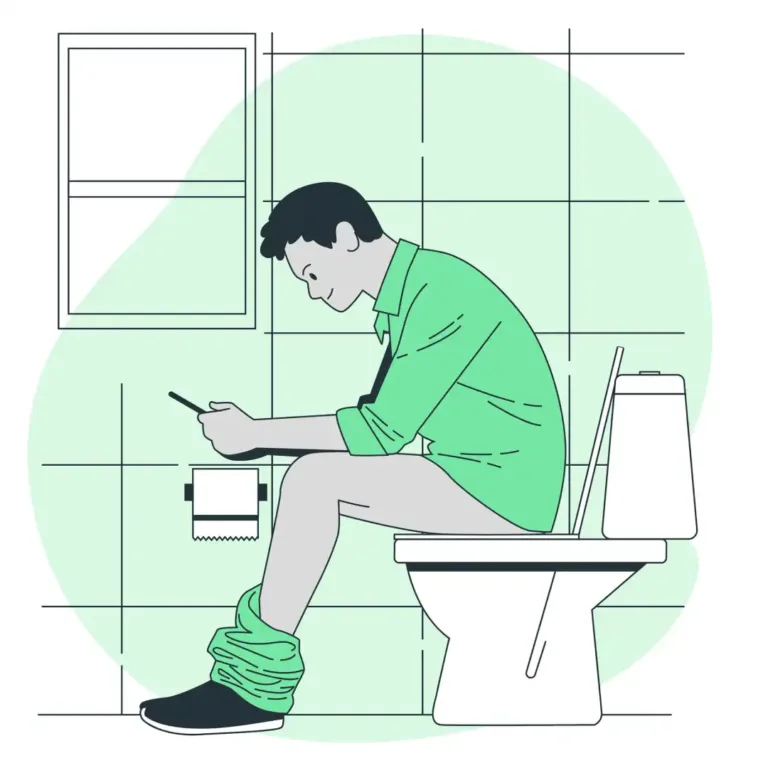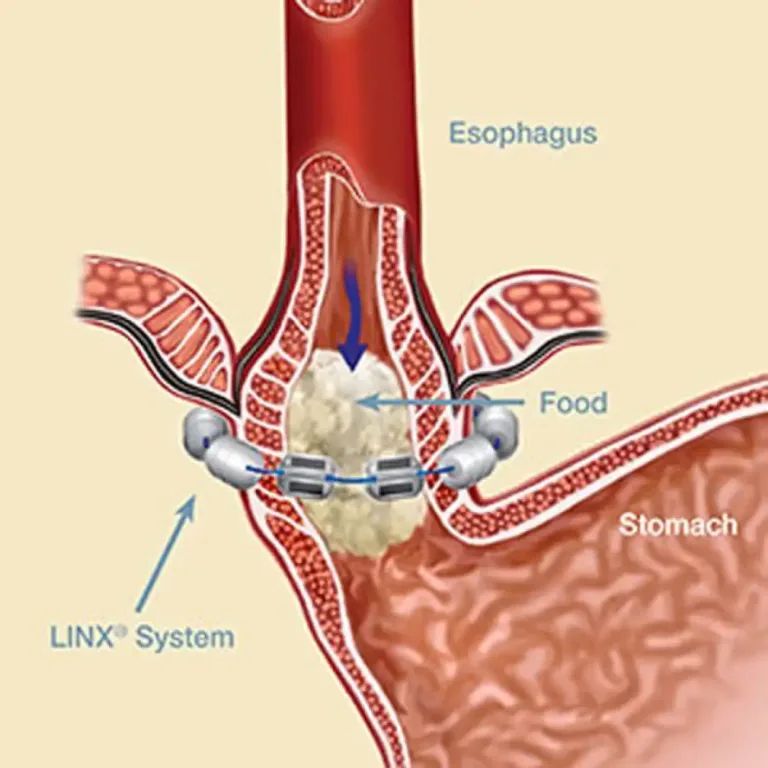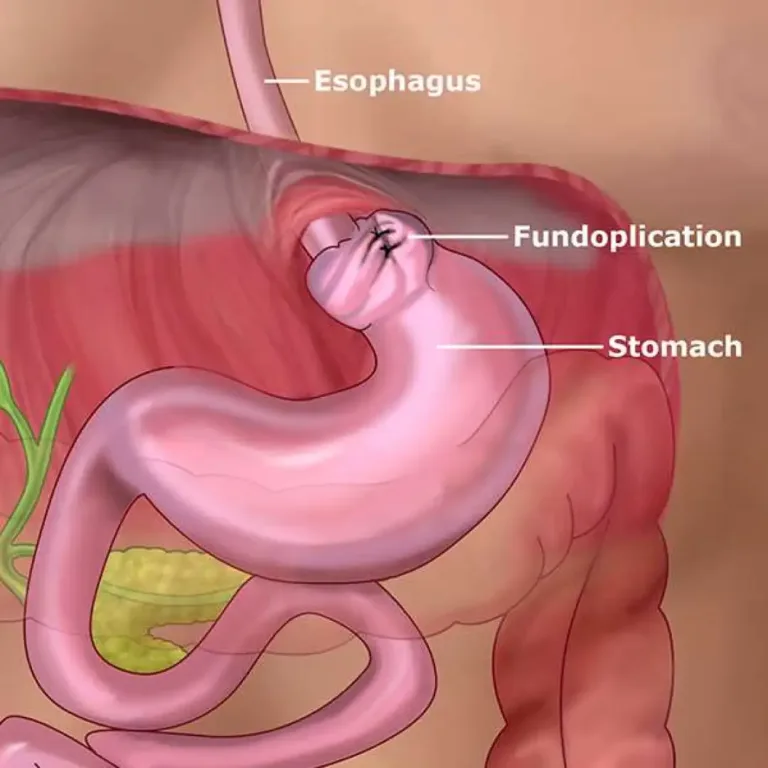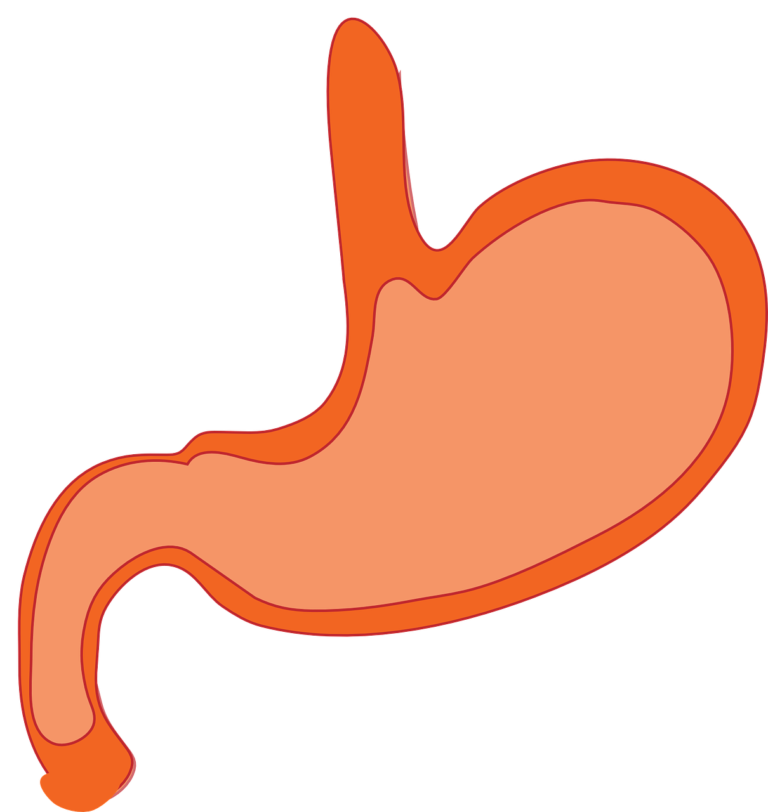Eosinophilic oesophagitis, commonly referred to as oesophageal asthma, is an uncommon condition that affects approximately one in 3,000 individuals in the United Kingdom. This disorder results in persistent inflammation of the tissue in the oesophagus, also known as the food pipe. While some individuals experience severe and distressing symptoms, others may only experience mild discomfort.
The symptoms of eosinophilic oesophagitis can manifest differently based on an individual’s age and personal experience. In the context of this page, we will focus on EoE as it occurs in adults. However, it’s worth noting that infants and children are also susceptible to developing EoE.
Related Symptoms
- Heartburn or reflux
- Feeling tired/ fatigue
- Feeling or being sick
- Weight loss and malnutrition
- Bringing food back up (regurgitation)
- Food stuck in the oesophagus (impaction)
- Centrally-located chest pain that does not respond to antacids
Certain individuals may adapt their eating habits to manage the symptoms associated with EoE. This may include chewing food thoroughly, taking longer than usual to consume a meal, preferring softer foods, or drinking frequently while eating. Additionally, the condition may hinder an individual’s ability to participate in social activities involving food consumption, such as sharing a meal with others.
When to seek emergency help
In the event that food becomes lodged in the oesophagus, it may result in severe circumstances whereby the oesophagus is entirely obstructed. Should you encounter challenges with breathing, experience noisy breathing or choking, it is imperative that you seek emergency assistance.
We recommend that you schedule a consultation with our specialist if you are persistently experiencing a sensation of an object stuck in your throat.
Diagnosis
During your visit to our specialist, a gastroenterologist, we will enquire about your symptoms in detail. This will entail understanding the nature, frequency and severity of your symptoms, as well as your personal and familial medical history.
If there is a suspicion of EoE, we may undertake a barium swallow test or an upper endoscopy (gastroscopy). Additionally, blood tests may be carried out.
The barium swallow test entails consuming barium sulphate prior to a series of X-rays. This is commonly referred to as an oesophagogram.
Upper endoscopy involves the examination of your upper digestive tract through the insertion of an endoscope into your mouth. The endoscope, which is a slender, flexible tube equipped with a light and camera, may be used to obtain a biopsy (a small tissue sample). The results of the endoscopy will inform our recommendations for treatment.
Causes
EoE occurs due to an excessive accumulation of eosinophils (white blood cells) in the tissues of the food pipe. The underlying cause of this occurrence is not entirely clear, although researchers believe that it is connected to the body’s immune response to particular foods or environmental allergens.
As a result, we often observe EoE in individuals with allergy-related conditions like asthma, eczema, and rhinitis. Alternatively, an overabundance of white blood cells might arise from a genetic disorder.
Oesophageal strictures (narrowing in the food pipe) can occur in some individuals with EoE, which further impedes their ability to swallow.
If there is a suspicion of EoE, we may undertake a barium swallow test or an upper endoscopy (gastroscopy). Additionally, blood tests may be carried out.
The barium swallow test entails consuming barium sulphate prior to a series of X-rays. This is commonly referred to as an oesophagogram.
Upper endoscopy involves the examination of your upper digestive tract through the insertion of an endoscope into your mouth. The endoscope, which is a slender, flexible tube equipped with a light and camera, may be used to obtain a biopsy (a small tissue sample). The results of the endoscopy will inform our recommendations for treatment.
Risk factors
If there is a family history of EoE, there may be an increased risk of the condition. While EoE can occur at any age, individuals aged between 30 to 50 are more frequently diagnosed with it. Additionally, EoE is more commonly diagnosed in men than women.
The following factors are also associated with EoE:
- Caucasian race
- Climate – dry or cold
- Season – higher pollen levels
- A lack of early exposure to microbes
- Atopy (Genetically more likely to develop allergic diseases)
Treatment
Our gastroenterologist may suggest a blend of lifestyle modifications and medication as treatment for EoE, dependent on the severity of your symptoms. Dr. Sami is an authority in this area and is a co-author of the UK’s EoE guidelines.
Lifestyle changes
Dietary adjustments play a crucial role in the management of EoE. Modifying your diet can aid in identifying any foods that may be triggering your EoE symptoms, through an elimination diet approach. This approach involves eliminating the most prevalent allergens from your diet, typically through a two, four, or six-food elimination diet, depending on your specific case.
Common allergens
- Dairy products, such as milk
- Fish/shellfish
- Wheat
- Eggs
- Soya
- Soya
- Nuts
It is essential to note that the elimination diet approach can be a prolonged process that may take several months to show significant improvement. Additionally, it is possible that some individuals may not experience immediate relief after removing certain foods, as their EoE symptoms could be due to environmental allergies rather than dietary factors.
Environmental allergens
- Animals
- Dust mites
- Moulds
- Pollen
Medications
Our recommended treatment plan for EoE may involve the use of proton pump inhibitors (PPIs) and topical steroids to manage inflammation and prevent narrowing of the oesophagus.
Proton Pump Inhibitors
In cases where acid reflux causes inflammation in eosinophilic oesophagitis, a proton pump inhibitor (PPI) may be prescribed. This medication targets the cells lining the stomach and decreases acid production, potentially reducing the number of eosinophils present in the oesophagus.
Swallowed Budesonide (weak steroid)
Jorveza is the first licensed medication for treating EoE. Its active ingredient is budesonide, which is a weak corticosteroid. Corticosteroids work by binding to receptors on immune cells, thereby reducing the release of inflammatory substances. Compared to other treatments, Jorveza has the highest success rate.
Endoscopic dilatation
We can perform endoscopic dilatation to expand your oesophagus if you are experiencing narrowing. This procedure involves the use of an endoscope, a thin and flexible tube that carries a dilating device to the location of the narrowing. The device is then employed to gradually stretch the narrowing.
It may require several sessions to adequately widen the oesophagus, and further procedures may be necessary if the narrowing reoccurs.
Endoscopy
If food impaction occurs, an endoscopy may be necessary to remove the food bolus. Food impaction can cause chest and neck pain and regurgitation. Depending on the size of the food bolus and the severity of symptoms, an emergency endoscopy may be required.
